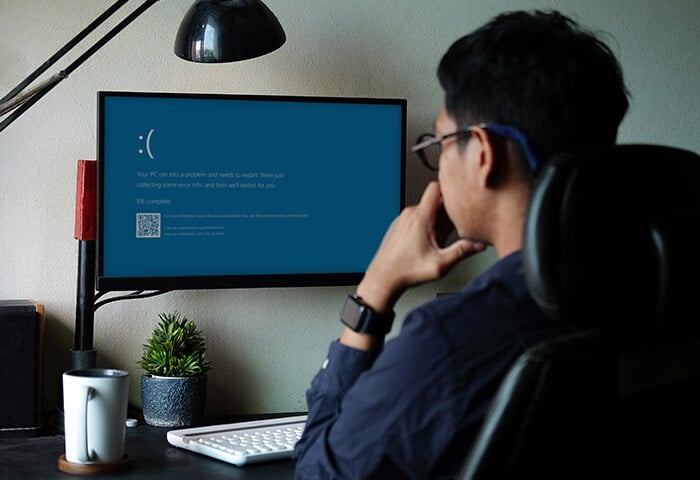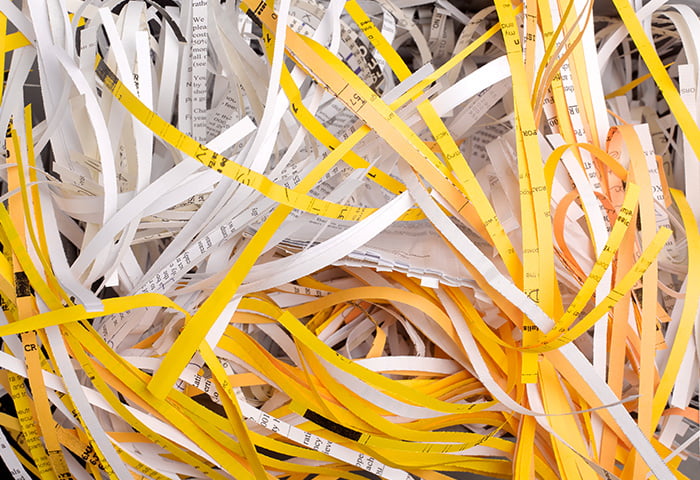What is Other on Mac storage?
The Other category on Mac storage contains files that don’t fall under the typical categories of Document, Photo, App, Video, Audio, or similar file types. As a catch-all category, Other storage on Mac can hold a wide range of files, including system files, temp files, cached files, etc.
But not all the files in the Other category on Mac are as benign as cached files or archives. Bloatware, which may show up in Other on Mac storage, refers to programs that aren’t useful but take up a lot of space, hindering performance. Junk files are also included in Other — while they may have once served a purpose, they’re now unnecessary.
The files types considered other in Mac storage may include:
-
macOS system files and folders.
-
Temporary files.
-
Common document and file types (for instance, PDF, DOC, PSD).
-
Archives and disk images (such as ZIP, ISO, DMG).
-
App plugins, add-ons, and extensions.
-
Files from your library (such as Application support, iCloud files, and screensavers).
-
Cached files (user cache, browser cache, and system cache).
-
Files not recognized by a Spotlight search, such as a virtual machine hard drive.
Because it can contain so many different kinds of files, the Other category can be a sneaky source of clutter. We’ll show you how to target the Other category on Mac storage when cleaning up your Apple device — with some useful Mac cleaning software to help.
How to find Other files on Mac
The Other category on Mac covers a range of files, but it’s easy to find them all. Here’s how to find Other files on Mac:
Check how much space Other files are taking up on your Mac
-
Click the Apple logo in the top-left corner of the screen.
/img_01.png?width=450&name=img_01.png)
-
Select About This Mac.
/img_02.png?width=350&name=img_02.png)
-
Choose the Storage tab. You’ll see a bar chart showing the types of files that are taking up storage space on your Mac.
/img_03.png?width=650&name=img_03.png)
Files labelled Other often take up a sizable chunk of storage — on this Mac, it’s the largest file category. If your chart looks like the one here, it’s time to clean out Other storage on your Mac. Now, let’s find and examine the Other files and decide whether to delete them or not.
How to find Other files on Mac
-
Open Finder and click Go in the menu bar.
/img_04.png?width=450&name=img_04.png)
-
Select Go to Folder.
/img_05.png?width=550&name=img_05.png)
-
Enter ~/Library and press enter (or click Go).
/img_06.png?width=500&name=img_06.png)
-
The library will appear, which contains all files and folders categorized as Other.
/img_07.png?width=830&name=img_07.png)
Now it’s time to go through the files and delete as needed. The Library folder is broad, but be sure not to accidentally delete a file that will leave one of your apps useless. If you’re not sure what a file is, research it before deleting.
Rather than risk getting rid of anything important, it’s safer and faster to use a Mac cleanup tool. AVG TuneUp automatically cleans hidden junk, finds and removes duplicate files, and more — keeping your Other category in Mac storage nice and lean.
How to delete Other on Mac
Once you’ve found the Other files on your Mac, it’s easy to get rid of them. But be careful what you delete — you don’t want to mess up your device by deleting the wrong file. Here’s how to delete Other files on Mac:
-
Open a new Finder window via the File dropdown menu or by using the shortcut Cmd + N.
/img_08.png?width=600&name=img_08.png)
-
Press Command + Shift + G to open the Go to Folder dropdown menu.
/img_09.png?width=800&name=img_09.png)
-
Visit these locations:
~/Downloads
~/Library/Caches
~/Documents/Logs
/img_10.png?width=800&name=img_10.png)
-
While going through these folders, delete any files you deem unnecessary.
-
When you’re done, empty the Trash and restart your Mac.
Clearing the Other storage on Mac is as simple as that.
While deleting, remember that the Other label does not signify junk files. Some files in this category exist for a reason. Some cache files make your system work faster, and ZIP archive files can contain important documents. If you want to clear your Mac cache manually, learn which cache files are worth saving and which can be deleted.
Also note that you can’t get rid of the Other category on Mac. Categorization is an automatic sorting method based on file type, and Macs don’t have a category for every type of file. But you can keep the files that fall under this category to a minimum.
What to do if your Mac still feels slow
Along with cleaning up and clearing out your Other storage, there are additional actions you can take to help improve the speed and performance of your Mac. Start with checking your internet connection and updating your system.
If your device feels slow when you’re using the internet, open your browser and clear the search history, empty the cache, and delete your cookies. Browser-specific clutter can build up over time, and it can impact your browser’s speed and security.
A more intensive step is upgrading your Mac’s RAM, which will improve your device’s memory and computing power. But not all Apple devices support RAM upgrades, so double-check the device you have to make sure this is an option for you.
If you’re going to manually clear the Other storage on your Mac, do it at least two to four times a year — especially if you want to keep your device running as smoothly as possible.
Of course, tidying up your Mac can be a difficult and frustrating process. But you can save yourself the time and effort of manual cleanup with a specialized app that handles the process automatically.
Clean up Other on your Mac with AVG TuneUp
If you’re looking for a program to clean up Other files on your Mac, try AVG TuneUp. AVG TuneUp for Mac cleans up junk files — including those in “Other” — to free up space on your computer and improve performance. It also quickly finds and cleans out temporary files, browser caches, and other junk that may be hidden in that Other category.
AVG TuneUp does it all automatically, while leaving important files in place so you’ll never need to worry about managing your Library or deleting something you need. Get a cleaner and faster Mac today with AVG TuneUp.
/Signal-What-is-Other-on-Mac-storage-and-how-to-delete-it-Hero.jpg?width=1200&name=Signal-What-is-Other-on-Mac-storage-and-how-to-delete-it-Hero.jpg)
/img_01.png?width=450&name=img_01.png)
/img_02.png?width=350&name=img_02.png)
/img_03.png?width=650&name=img_03.png)
/img_04.png?width=450&name=img_04.png)
/img_05.png?width=550&name=img_05.png)
/img_06.png?width=500&name=img_06.png)
/img_07.png?width=830&name=img_07.png)
/img_08.png?width=600&name=img_08.png)
/img_09.png?width=800&name=img_09.png)
/img_10.png?width=800&name=img_10.png)














